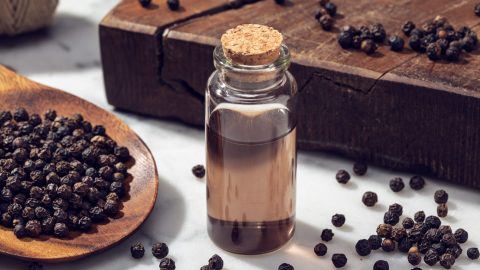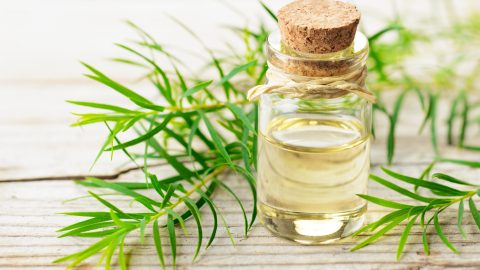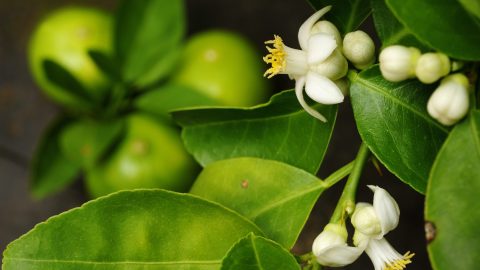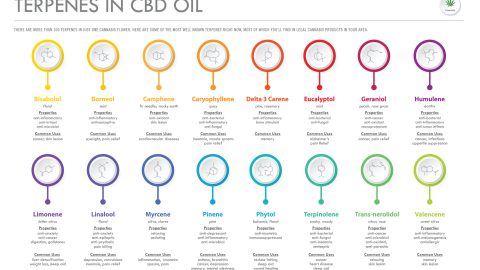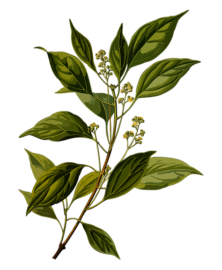Welcome to CannaGlobe’s Weekly Hit, your preferred guide to the world of good health through Cannabis and Mushrooms.
I’ve always been a huge fan of fragrance, whether it be for my home, office, car, or person. During my work as a massage therapist and frequency practitioner, I always use fragrances that carry a deeply calming effect. Linalool is an aroma I have used for years without even knowing it was a key component in some of my favorite fragrances.
Found in lavender and other plants like rosewood, jasmine, and cannabis, linalool is known for its calming aroma and has been respected for its medicinal benefits since ancient Persian times. This fragrant compound, used in aromatherapy and historical practices like Egyptian mummification, is currently being studied for its potential to treat conditions like cardiovascular diseases, anxiety, and depression, highlighting its enduring importance in natural health remedies.
With its unique lavender and spicy aroma, linalool is a common terpene found in over 200 plants, not just cannabis. People consume more than two grams of it annually through various fruits and spices, regardless of cannabis use. Fortunately, linalool is quickly metabolized and doesn’t accumulate in the body. The compound’s fragrance is known to influence emotions and memories due to the close connection between our sense of smell and brain functions. This suggests that linalool’s scent can promote relaxation and improve mood. Recent research also indicates that terpenes like linalool may influence brain cell behavior, directly impacting how the brain processes information.
High levels of linalool are rare in cannabis strains; it seldom appears among the top three terpenes in a strain’s profile. Below are some strains where linalool is a prominent, secondary, or tertiary terpene, though it usually ranks lower, overshadowed by terpenes like myrcene and limonene. Linalool-rich strains often deliver effects linked to indica-dominant genetics, including deep relaxation, sleepiness, and increased appetite.
– Mazar I Sharif
– Do-Si-Dos
– Wedding Mints #13
– Scooby Snacks
– Zkittlez
Linalool is found in hundreds of plants and offers multiple healing properties.
– **Antimicrobial:** This terpene helps plants fend off insects and may be useful for combating cell-damaging bacteria in humans. Its role as an early antibiotic is uncertain.
– **Sedative:** Linalool, commonly from lavender or peanut stems and leaves, has been used in traditional medicine as a sedative and muscle relaxant, and it has anticonvulsant and anti-epileptic properties.
– **Reduce anxiety & depression:** Research shows that linalool vapors reduce anxiety and depression-like behaviors in mice. Human studies using lavender essential oil, which is high in linalool, have shown it can significantly lower anxiety levels as measured by the Hamilton Anxiety Rating Scale.
– **Stress relief & immunity:** Linalool boosts the immune system against stress-related damage. In rats, it prevented stress-induced changes in white blood cell distribution and gene expression, likely through activation of the parasympathetic nervous system, which is active during rest and digestion.
Research suggests that linalool’s effects on behavior are primarily due to its impact on the brain. It can block receptors for glutamate, the main excitatory brain chemical, which might explain its anti-epileptic properties. Linalool also enhances the effects of other sedatives like pentobarbital. It may also act as a muscle relaxant and pain reliever through various mechanisms, such as reducing acetylcholine signaling, which is necessary for muscle contraction, and decreasing the excitability of spinal cord cells that transmit pain signals. Some of its pain-relieving effects are also attributed to increased adenosine levels, an inhibitory brain chemical. These combined effects contribute to its sedative, anxiety-reducing, and pain-relieving properties, supporting its use in pain therapy.
Linalool’s most exciting potential therapeutic use may be in treating Alzheimer’s disease. It has shown the ability to reduce and regulate the production of inflammatory proteins in the brain, which is critical since Alzheimer’s is a progressive, currently incurable disease characterized by brain plaques and cellular tangles that cause brain degeneration. This leads to severe memory and cognitive impairments, and current treatments are largely ineffective at restoring function. Researchers are seeking ways to reduce these plaques and tangles to potentially reverse the disease and recover normal brain function. A 2016 study revealed that linalool reversed many behavioral and cognitive impairments in a genetic mouse model of Alzheimer’s and reduced brain plaques and cellular tangles. While linalool still has many hurdles to overcome before clinical application, these findings show its benefits in alleviating pain, anxiety, and depression, underscore the importance of further exploring the therapeutic benefits of linalool and other cannabis terpenes.
